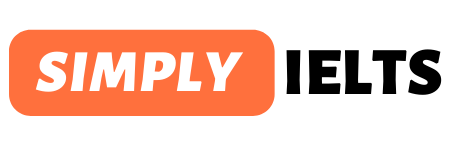
Sentence Structure Superhero: Mastering the Foundation of Great Writing
Last week, we embarked on a thrilling exploration of the building blocks of language – parts of speech. This week, we take the next step in our grammar quest by tackling the foundation of strong communication: sentence structure. Get ready to become a sentence structure superhero, crafting clear, concise, and impactful sentences!
The Blueprint of Your Writing:
Imagine a magnificent building. Its strength and beauty depend on a solid foundation. Sentence structure plays a similar role in your writing. It dictates how words are arranged to form complete and meaningful units, conveying your ideas with clarity and precision.
Subject-Verb Agreement: The Golden Rule
The core of a sentence is the subject-verb agreement. The subject is who or what the sentence is about, and the verb tells what the subject is doing or being. These two elements must work in harmony, agreeing in number (singular or plural).
For example:
- The cat (subject) runs (verb) across the yard. (Correct: singular subject with singular verb)
- The birds (subject) sing (verb) a beautiful melody. (Correct: plural subject with plural verb)
Breaking this rule can create confusion for your reader.
Simple vs. Complex: A Spectrum of Sentence Styles
Sentences come in various flavors, each serving a specific purpose:
- Simple Sentences: These are the workhorses, containing a single independent clause (subject-verb combination) expressing a complete thought.
- Example: The sun shines brightly.
- Compound Sentences: These combine two or more independent clauses using coordinating conjunctions (like and, but, or, for, so, yet).
- Example: The sun shines brightly, and the birds sing a cheerful tune.
- Complex Sentences: These feature an independent clause and one or more dependent clauses (introduced by subordinating conjunctions like because, if, although) that provide additional information.
- Example: Because the sun shines brightly, we can enjoy a picnic in the park.
Sentence Structure in Action: Building Strong Paragraphs
Varying sentence structure is key to creating engaging writing. Here’s an example:
- Simple sentence: The storm arrived. (Short and punchy, creating a sense of urgency)
- Compound sentence: The wind howled, and the rain lashed against the window. (Descriptive, building the atmosphere)
- Complex sentence: As the storm raged outside, we huddled together by the fireplace. (Connects the event with the characters’ actions)
The Sentence Structure Challenge: Become a Grammar Guardian
Ready to test your sentence structure skills? Take a paragraph from your writing and analyze the sentence structure. Can you identify the subjects, verbs, and types of sentences (simple, compound, complex)?
The Power of Sentence Variety:
Using a variety of sentence structures keeps your writing engaging. Short, punchy sentences create impact, while longer sentences can add detail and flow.
Get Ready to Dive Deeper!
This is just the beginning of our sentence structure adventure! In the following lessons, we’ll explore:
- Subject-verb agreement in more detail
- The four main types of sentences: declarative, interrogative, imperative, and exclamatory
- Clauses: independent and dependent clauses, the building blocks of complex sentences
By mastering sentence structure, you’ll be well on your way to crafting clear, concise, and engaging writing. So, stay tuned and get ready to become a sentence structure superhero!





Responses